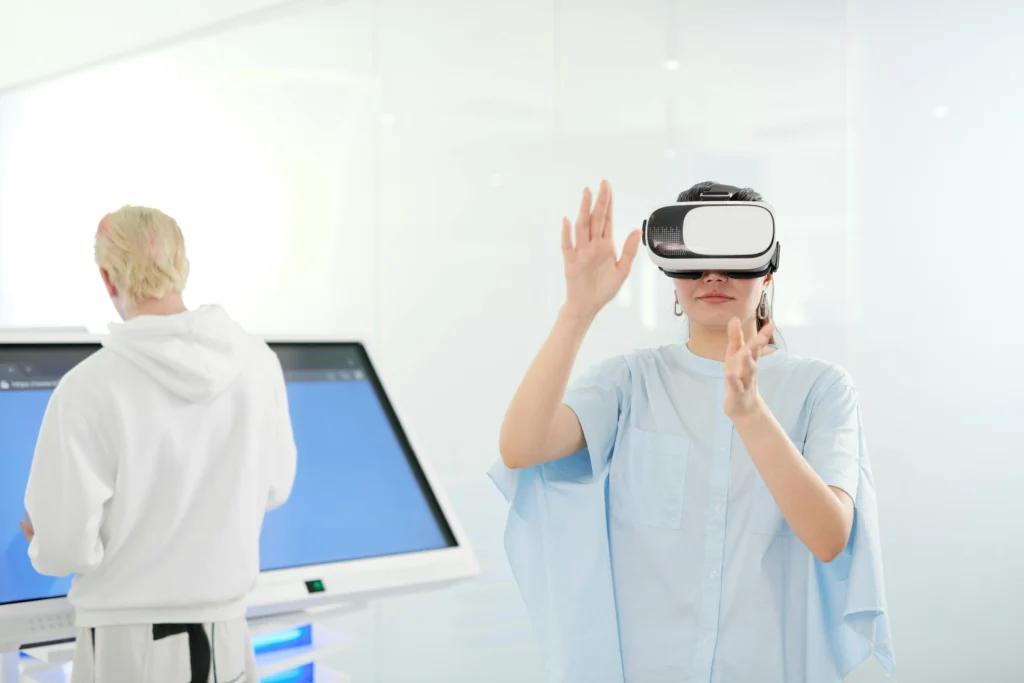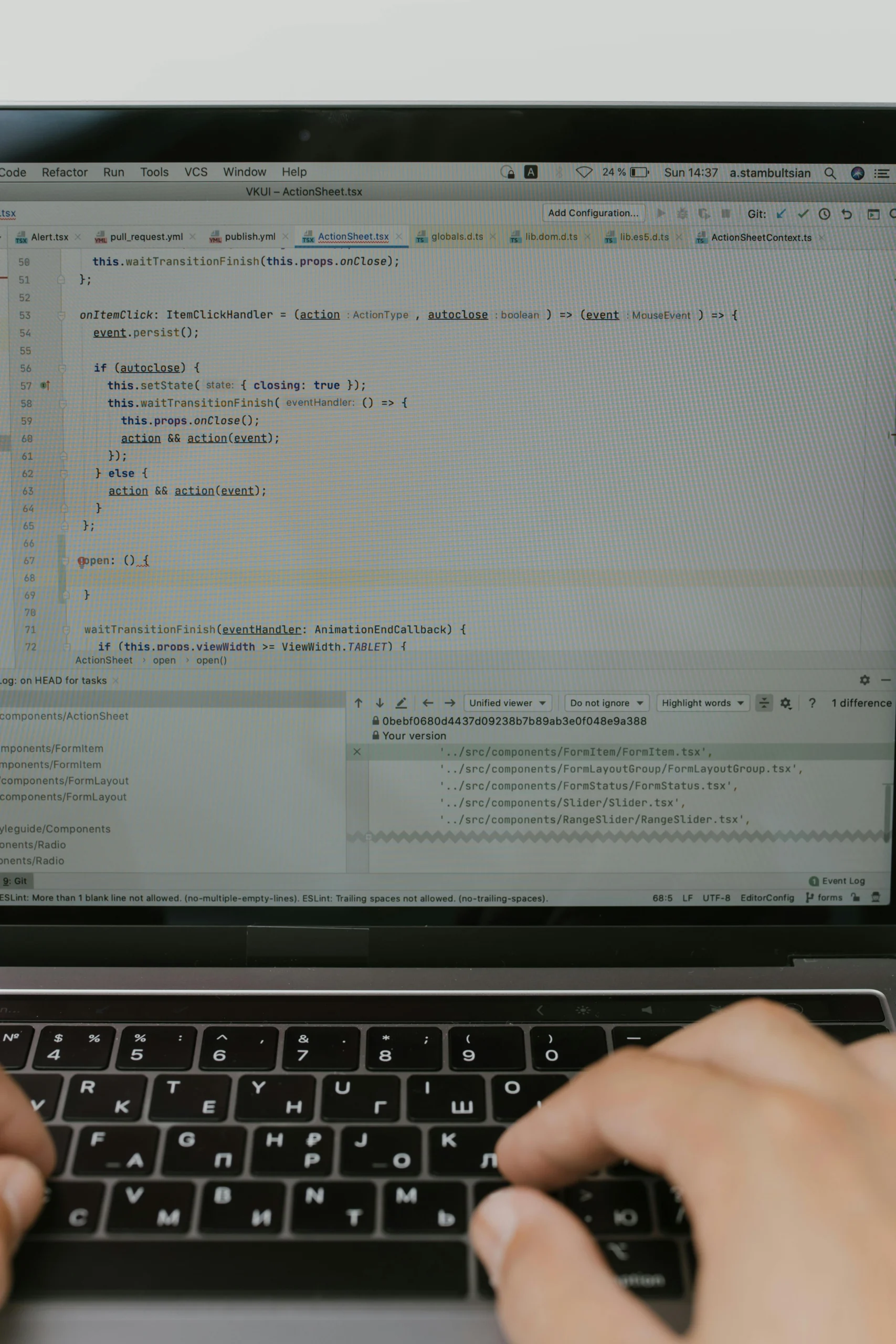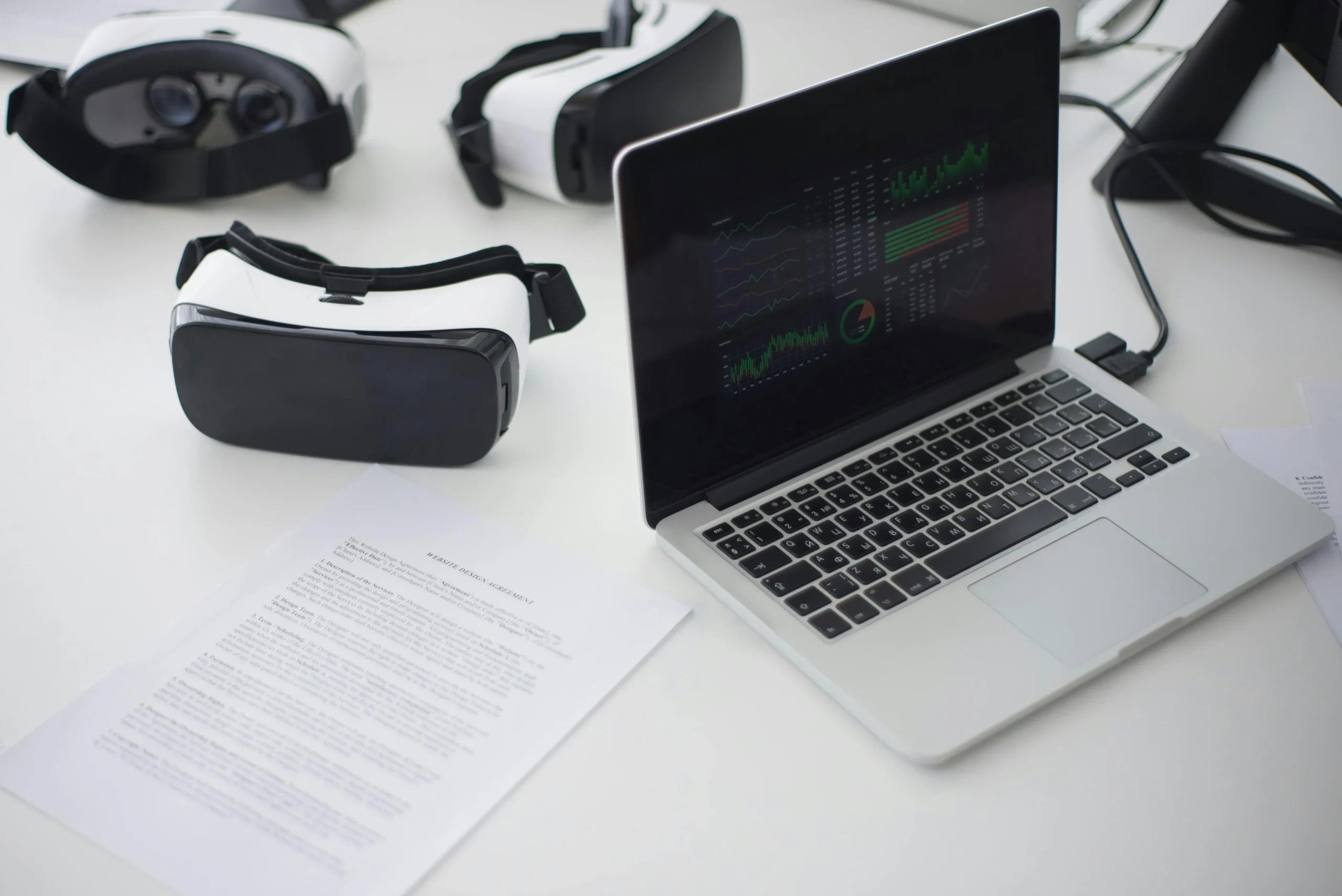The research highlights a significant transformation in urban life, where the average walking speed in cities like Boston, New York, and Philadelphia has risen by 15% over 30 years, indicating a more fast-paced living environment. Simultaneously, the study shows a 14% decline in the number of individuals lingering in public areas compared to previous decades. This trend suggests that public spaces are increasingly perceived as thoroughfares rather than places for social interaction.
Coauthor Carlo Ratti of MIT’s Senseable City Lab points to technology, such as cell phones, as a contributing factor, as people often arrange meetings via text rather than engaging with each other spontaneously in public. The findings underline the importance of public spaces in civic life and the need for thoughtful design to enhance these areas, potentially counteracting the societal polarization exacerbated by digital interactions. The insights may benefit urban planners and designers aiming to create inviting public spaces conducive to social encounters.
👉 Pročitaj original: MIT Technology Review








